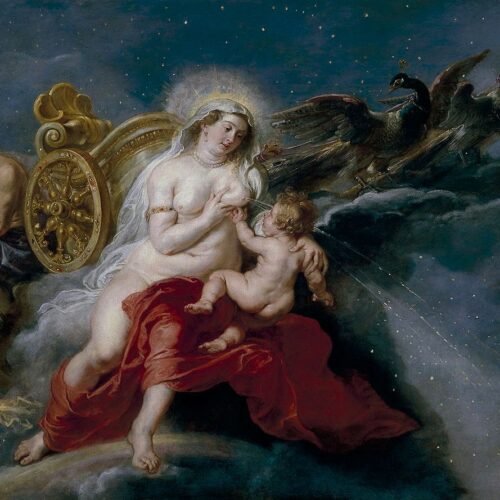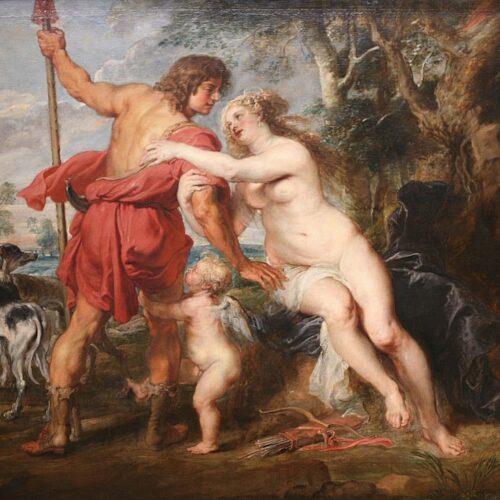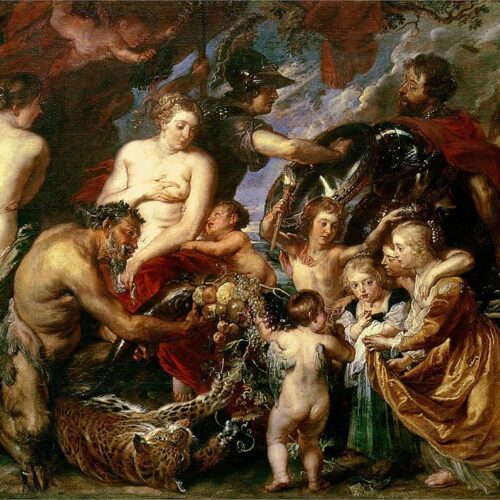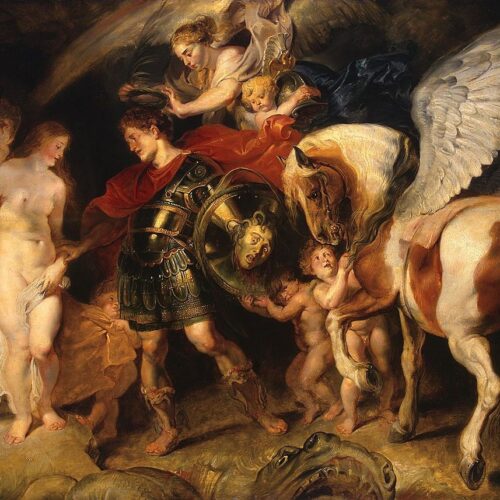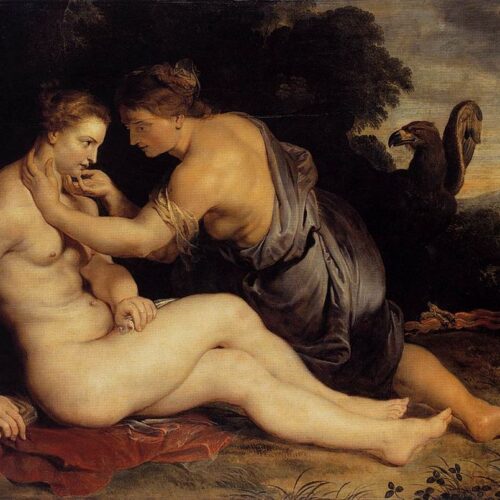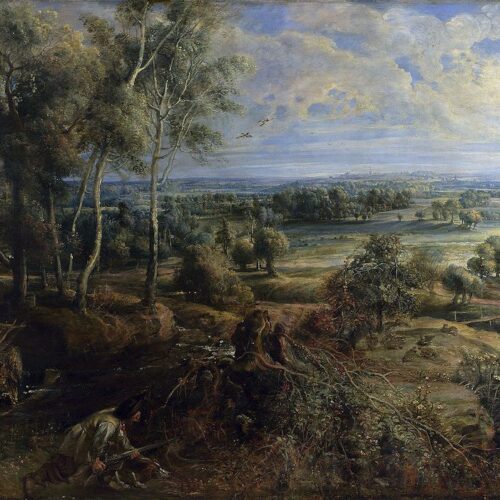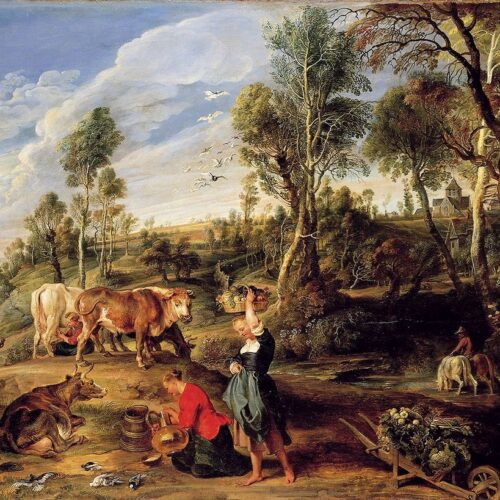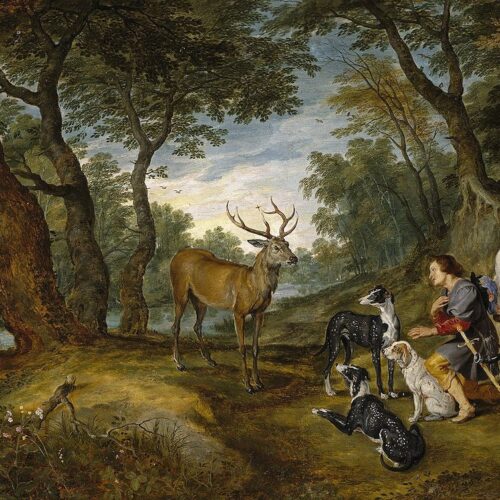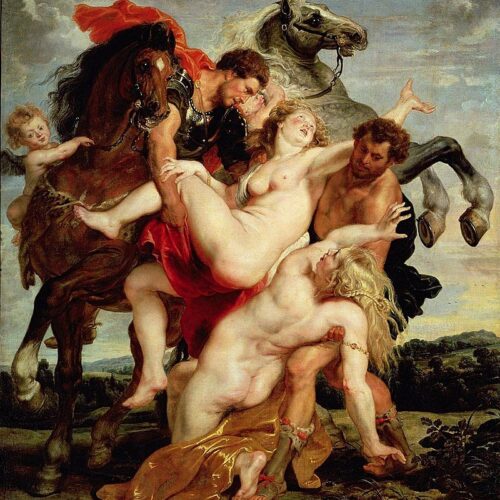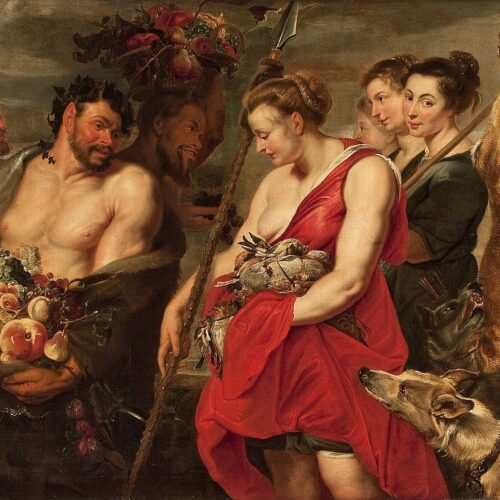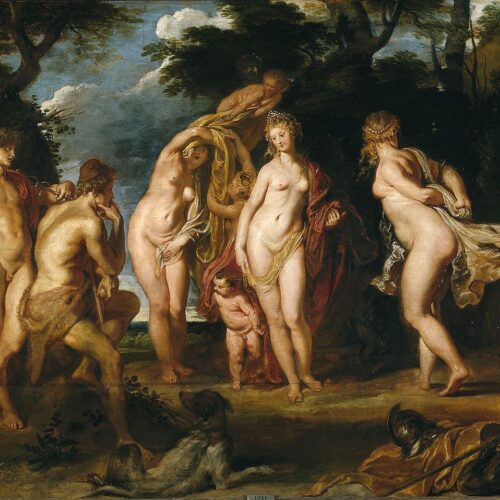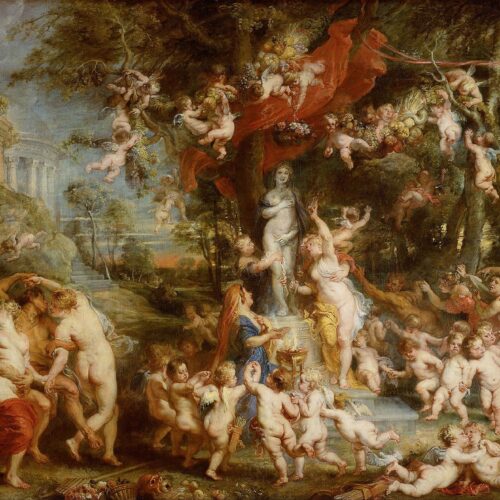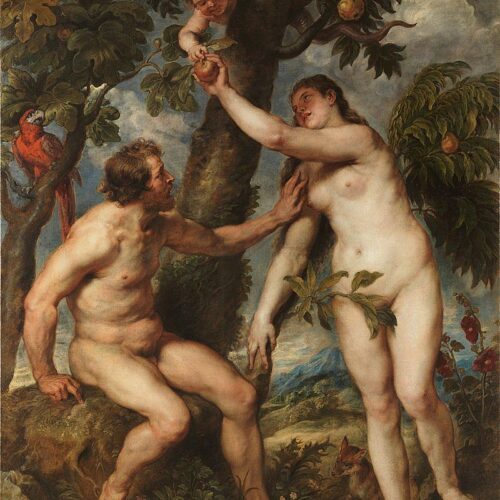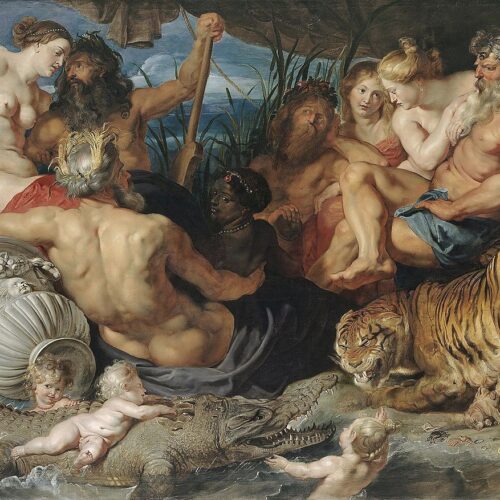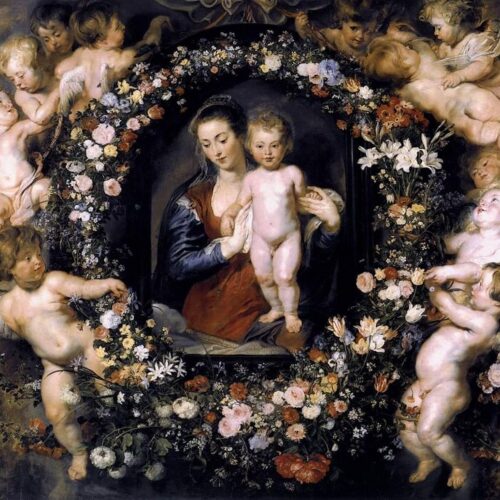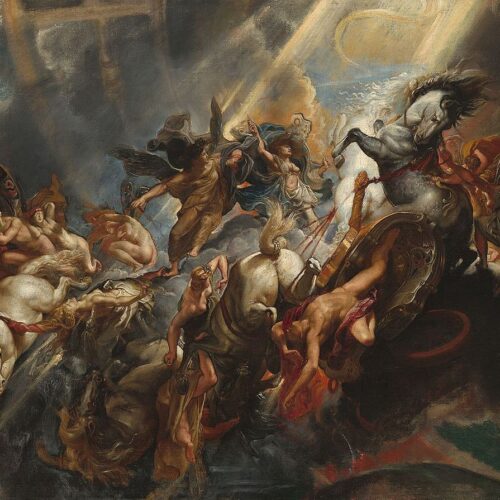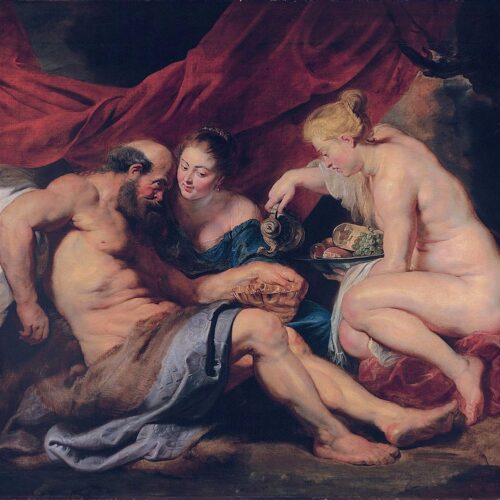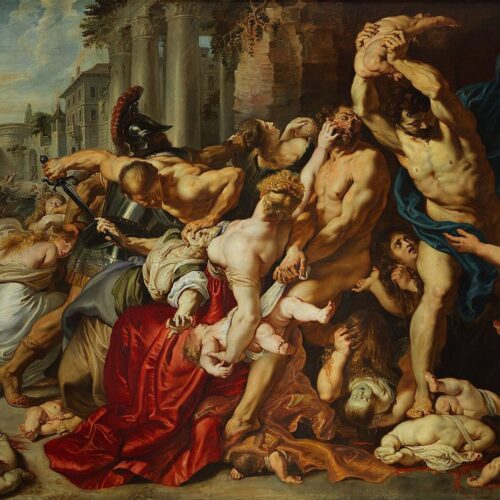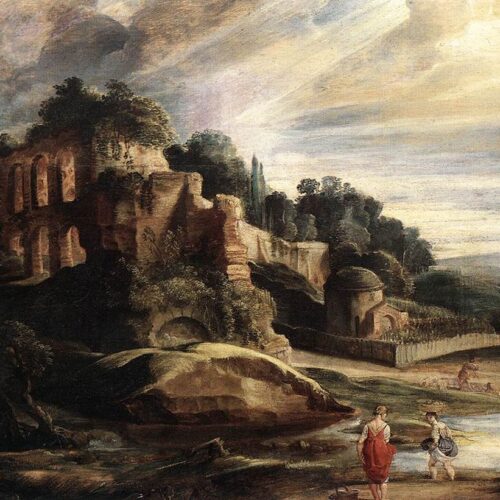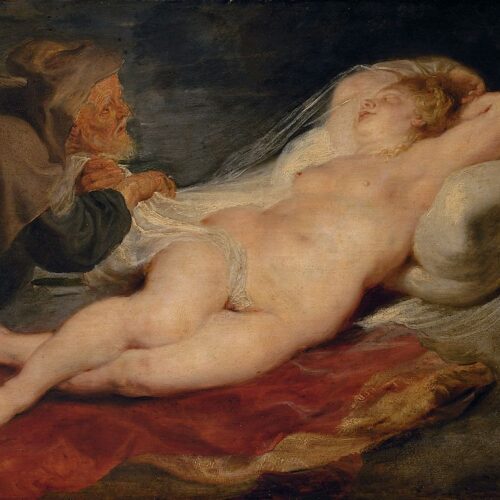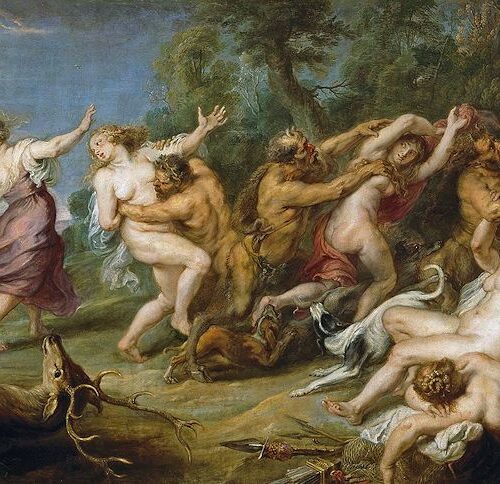|
No artist ever studied the works of the Italian masters more diligently and closely than Rubens – he copied them in literally hundreds of drawings and painted sketches. Although he copied them in order to learn by exploring the means of pictorial representation, his robust sensuality and fertile imagination stamped his copies, like everything that came out of his studio, with a strongly individual character. Whether he was painting a mythological or a sacred subject, Rubens concentrated on the vitality and corporeality of the figures, seeking in this way to bring the supernatural world within the grasp of human experience. Many of his religious paintings were for Jesuit churches, including a whole cycle for one in Antwerp, where, a contemporary wrote,‘the magnificence of the interior of the edifice turns the thoughts to the abode of heaven’ |
